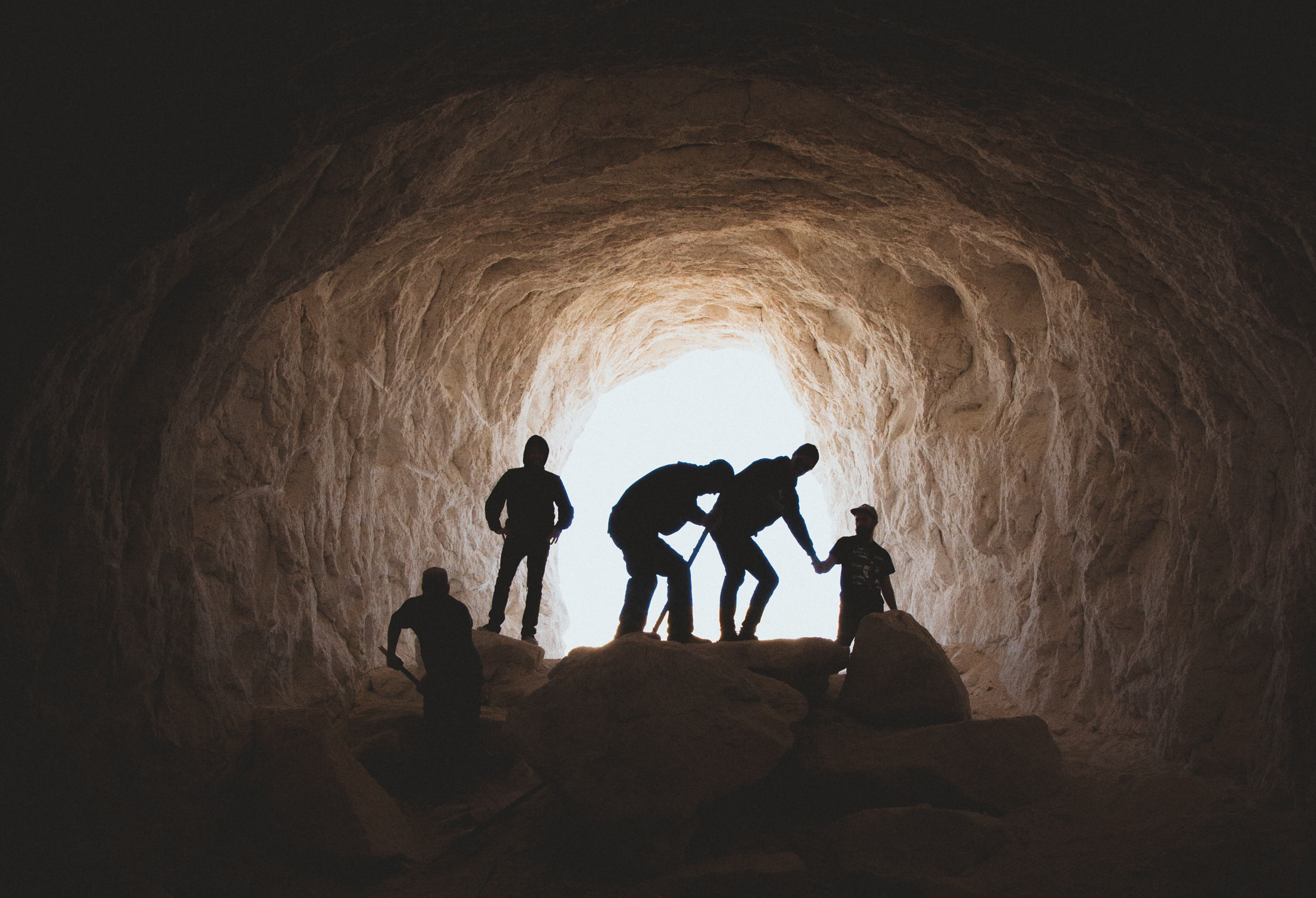Of all the institutions that became vulnerable with the evolution of digital technology, libraries are one of the most obvious. These were places you could go to find information, whether you wanted build a flower bed or learn about prehistoric cave drawings. They were community hubs and learning centers, where people of all backgrounds could gather in the spirit of knowledge. They were, important, built around a specific commodity: The paper book.
These days, if you want to learn how to build a flower bed, there are endless instructional videos on YouTube. If cave paintings have piqued your interest, you can stream a sleek documentary. Going to a physical library in search of books may have a certain charm, but it can also feel like a slow way to find outdated information. A lot of people see public libraries as antiquated institutions that are quickly being eroded by the internet, digital reading, and ultra-convenient supply chains for paper books – in a word, modernity.
But libraries have shown resilience. Statistics from National and State Libraries Australia (NSLA) show that public spending on libraries increased nearly 20% between 2012 and 2017, and robust monthly visits and book loans. Meanwhile, The New York Times ran a piece in August of 2019 showcasing some of the world’s newest and most vibrant public libraries – and it gives the impression that libraries are anything but a dying breed.
In these new designs, labyrinths of dusty books have given way to bright communal work spaces, creative galleries, play areas for children, leafy verandas, and even rooftop gardens. Does any of this sound familiar, from a hotelier’s perspective? Amenities and spatial designs are changing as libraries redefine themselves in a changing world. This can serve as a valuable inspiration to hotels that might in need a little redefining of their own.
Visually stunning, inside and out
To rebrand libraries as cultural centrepieces and architectural landmarks makes a certain degree of sense in world of increasing tourism and cultural exchange. The new Deichman library in Oslo (set to open in 2020 with a reported price tag of AUD $575m) is a stunning piece of waterfront modernism. It is, in the words of the NYT article, a library “designed to see and be seen.”
Calgary’s new Central Library is a 23,000 sqm venue with a unique hexagonal façade and a train running directly through the ground-level of the building. The sprawling multi-purpose interiors are dominated by calm wood tones and an abundance of seating – the scope and ambition of the new library has been mentioned in conjunction with the city’s anticipated bid for the 2026 Winter Olympics.
Amenities you can’t get at home
The aforementioned Deichman library has books, yes – but it also has a movie theatre, video gaming zones, media workshops, lounges, and a restaurant. Do these sound like library amenities to you? Not unless you reinvent the concept of the library, which is exactly what many of these venues are trying to do.
Helsinki’s new library, the Oodi, dedicates only one third of its space to books; everything else is shared space for interacting and creating things. There is a workshop with everything from sewing machines to laser cutters, places to play the drums, and allocated spaces for pop-up entrepreneurs.
Cultural relics
Dublin’s Museum of Literature provides an example of another function that libraries are trying to incorporate – that of cultural preservers. Visitors to this library can view pages from the notebooks of James Joyce, among other literary relics.
The Diechman also has a unique project along these lines. It starts with a forest of trees that has been planted for the project. Every year, a famous writer will deposit an original manuscript to be held in trust by the library until the year 2114 – at which time the books will be printed on paper from the trees that were planted and published as an anthology.
A reimagined concept, or an entirely new one?
The trend of reimagining libraries as sprawling urban jewels and creative media centers is not without intelligent criticism, as demonstrated by this blog on TechCrunch. Its author argues that people are more afraid to lose the idea of the library than the reality of it – and thus are willing to shift and modernise that idea until it becomes unrecognisable.
This is an interesting idea to end on, because it’s something hoteliers deal with all the time. Ours is an industry where trends come fast and furious – and often disappear just as swiftly. How do you balance the push for relevance with the need for consistency? At what point does innovation turn into a game of diminishing returns and lost identities?
Every hotel manager and developer has to answer that question for themselves. Despite our tendency as hoteliers to delight and surprise, hospitality trades on reliability. But to the extent that innovations make for a more comfortable and intuitive guest experience, they will alter the very idea of a hotel – as they should.







